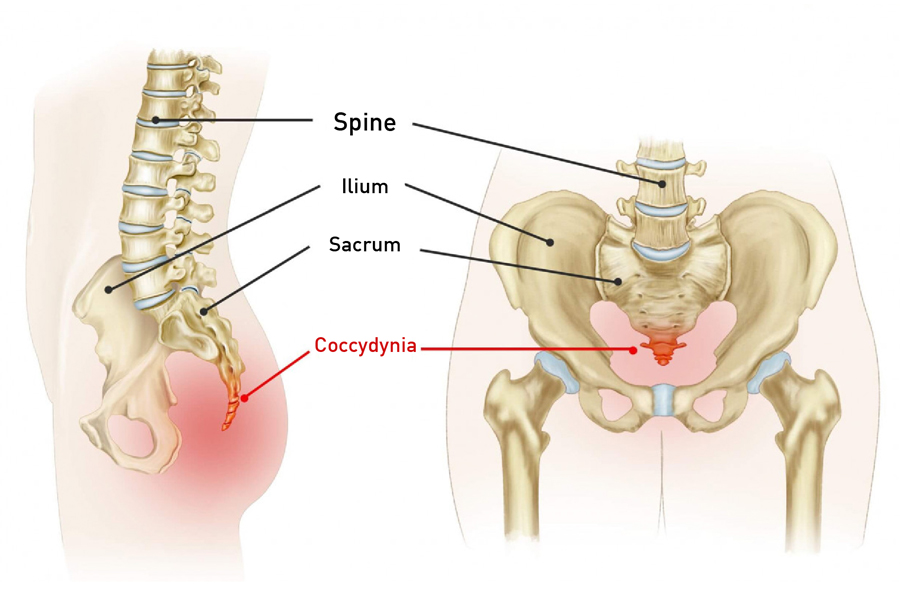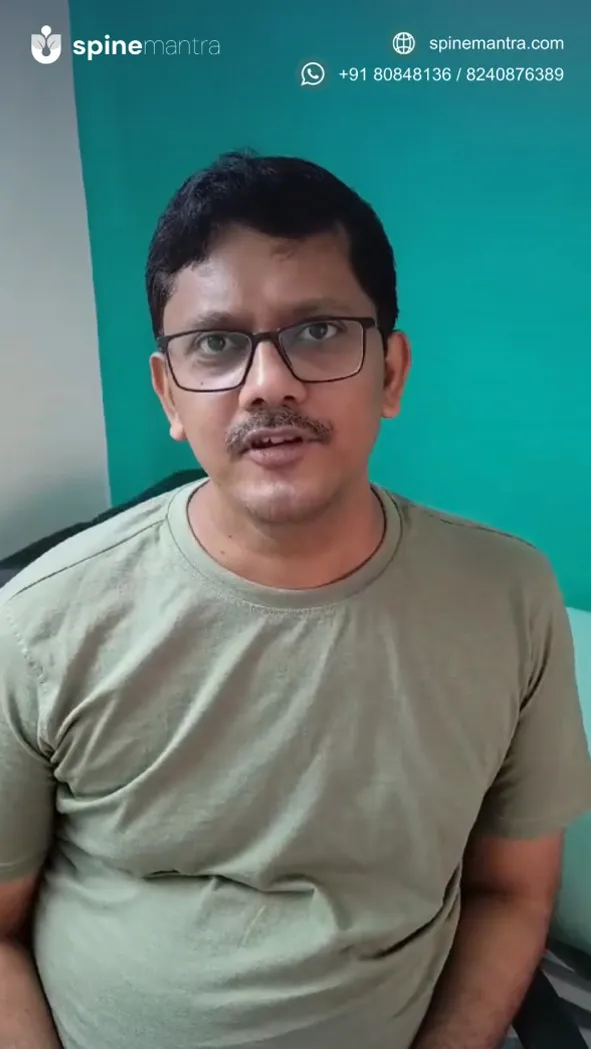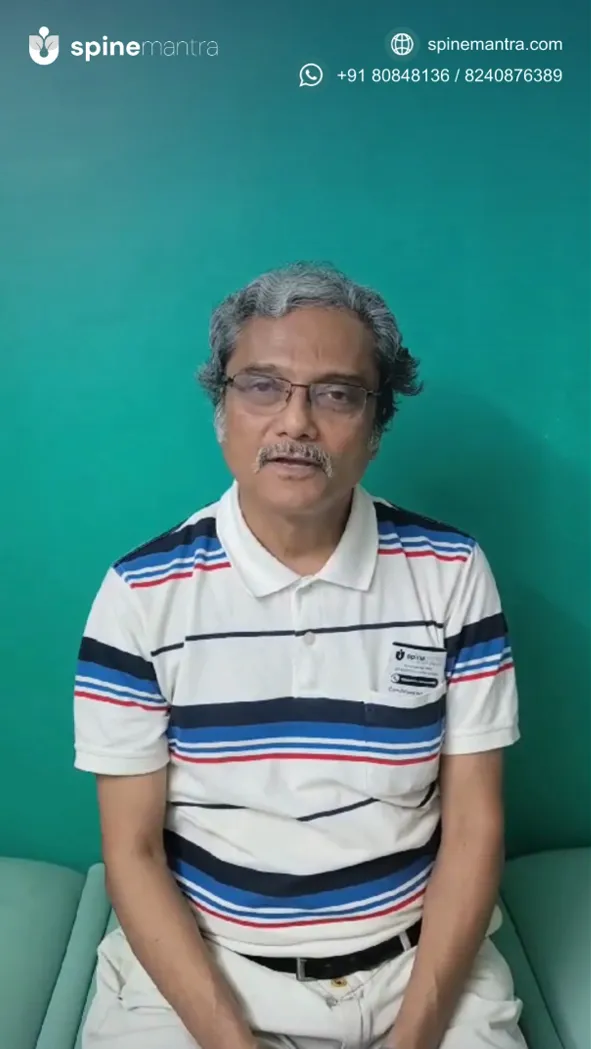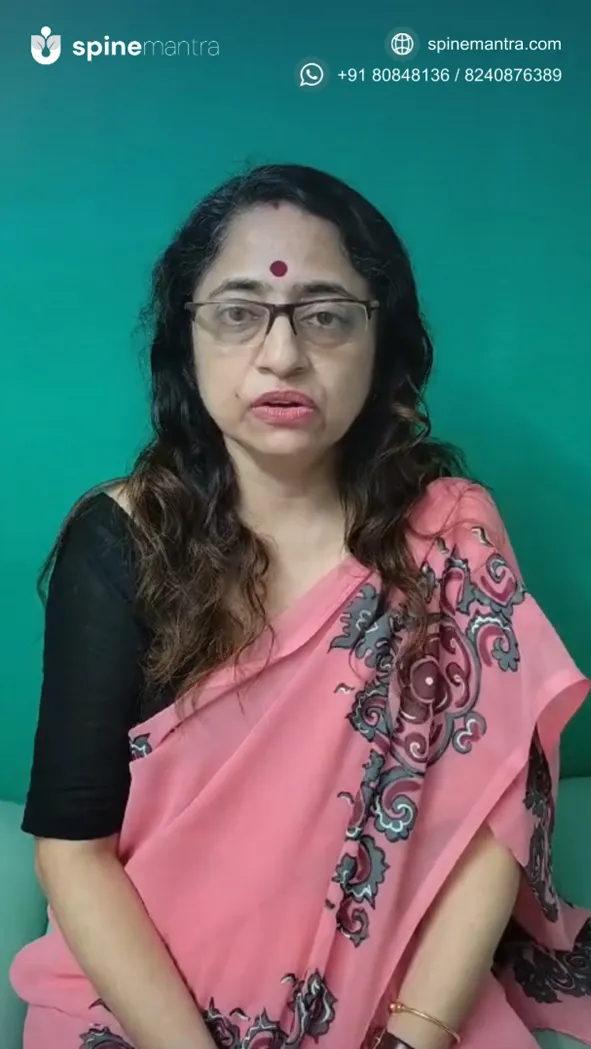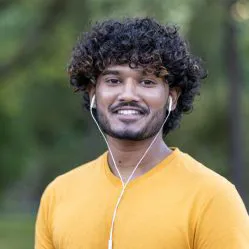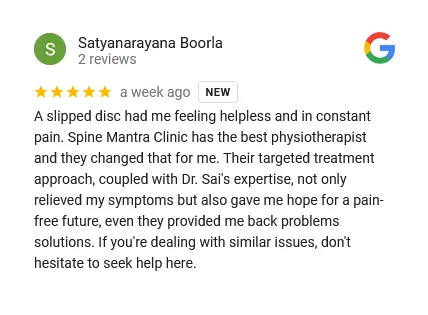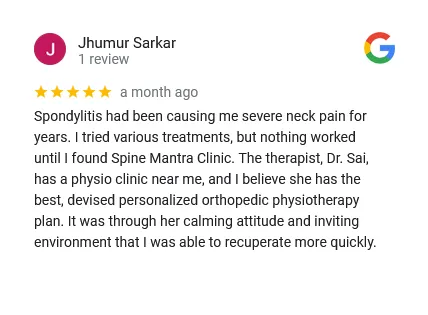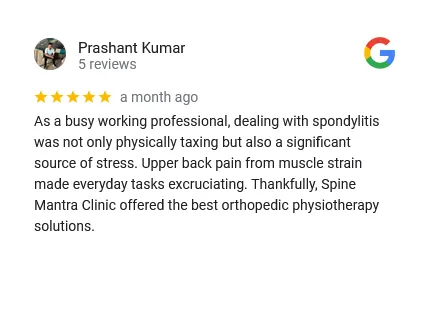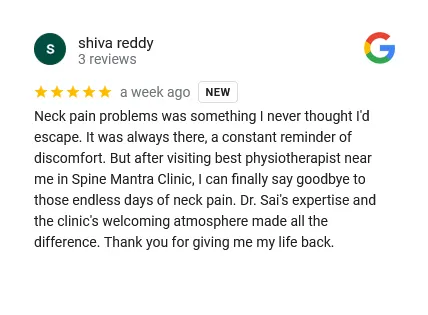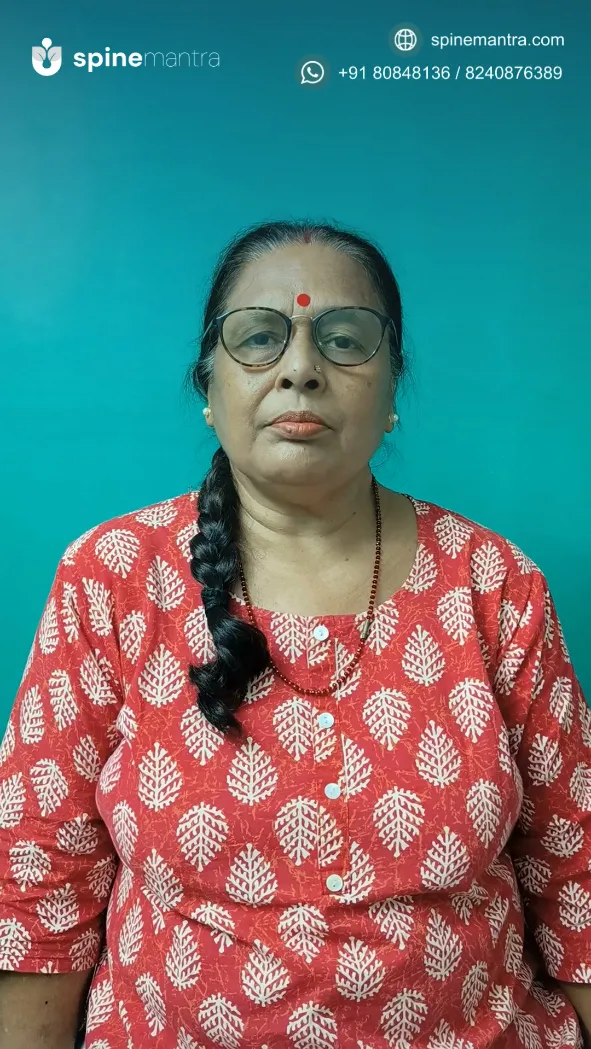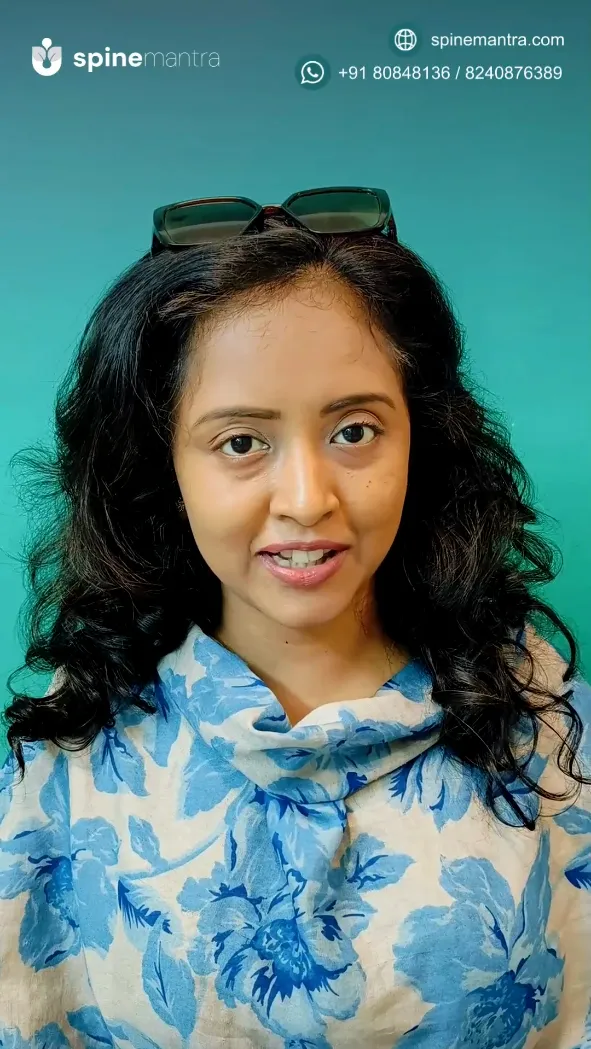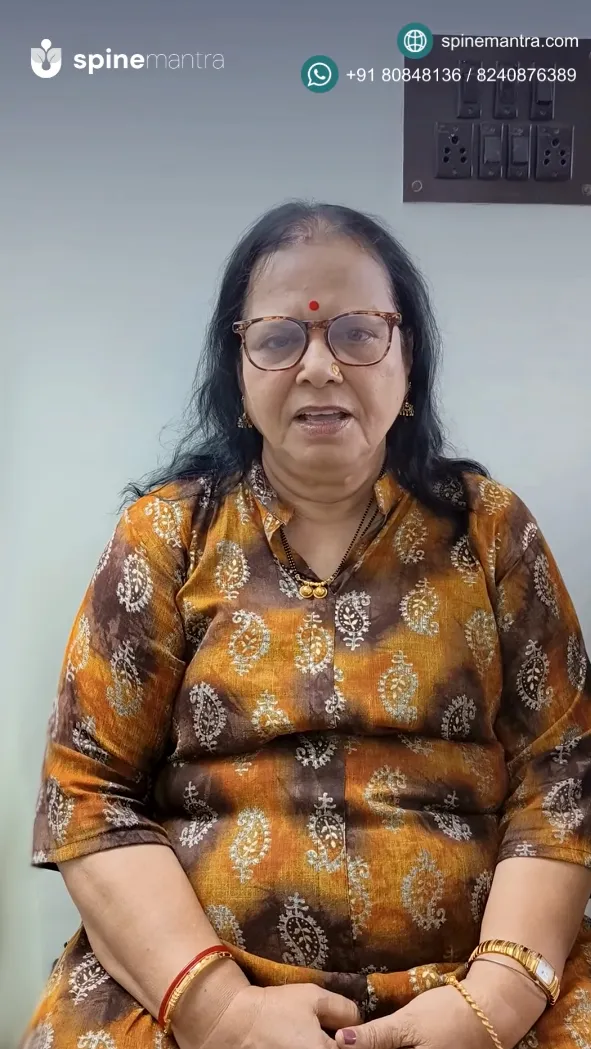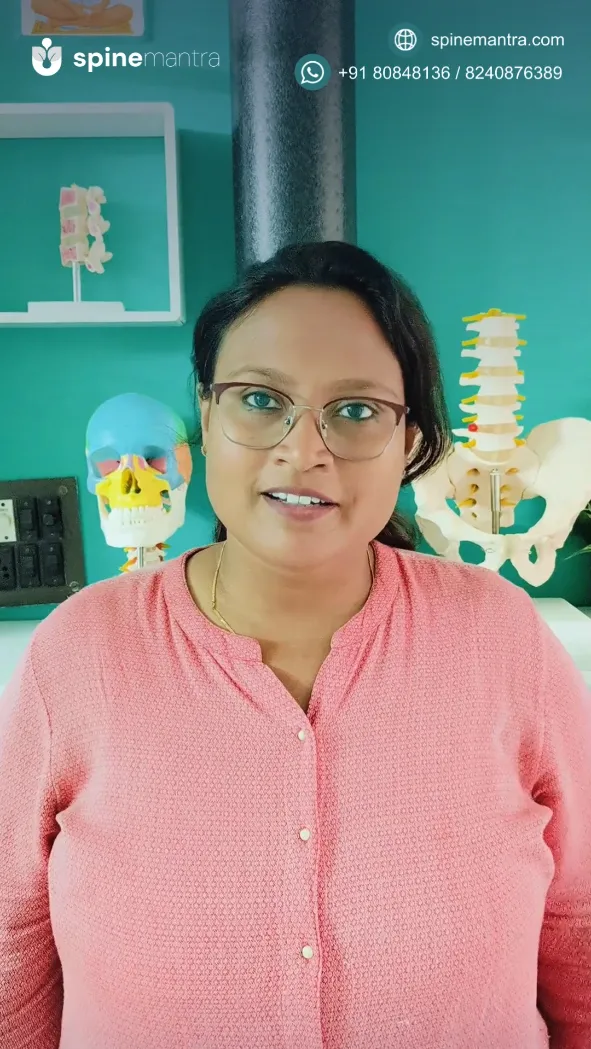Coccydynia, also known as tailbone pain. This is a circumstance characterized by soreness or irritation at the base of the backbone. It is usually attributed to injury, for example, by sitting on a wooden bench, labor or by repeated cycling among other activities. Though this condition affects mostly women, nobody is exempt from it; sitting or making certain movements becomes a sore and trying event.
The signs may comprise sharp or aching pain, tenderness of the specific area, and some discomfort while sitting as well as when standing up. This form of physiotherapy has the primary responsibility of addressing Coccydynia by developing custom exercises, employing manual therapy, therapy on posture as well as other physical methods that can help relieve the patient’s discomfort for those affected.
Coccydynia occurs in males and females although it is relatively more prevalent in females particularly those who have gone through childbirth. It may also develop with drivers, people in desk jobs or anyone who spends many hours seated, such as cyclists. Research shows that about 5% of the adult population will at one point in their lives suffer from pain in the tailbone.
Causes of Coccydynia
- Trauma or Injury: Direct effect to the tailbone, which includes from a fall or blow, can cause bruising, fracture, or dislocation, leading to big pain and discomfort.
- Prolonged Sitting: Extended intervals of sitting on hard or poorly cushioned surfaces can position excessive strain on the tailbone, causing pain and infection.
- Repetitive Strain: Activities that contain repetitive movements or pressure on the tailbone, such as cycling or rowing, can cause coccyx stress or inflammation.
- Childbirth-Related Tailbone Injury: During childbirth, the tailbone may be bruised, dislocated, or fractured due to the strain exerted as the infant passes through the delivery canal.
- Obesity: Excess body weight can place additional pressure on the tailbone, growing the hazard of pain and injury.
- Degenerative Joint Changes: Age-related put-on and tear of the joints across the tailbone can cause ache and decreased mobility, frequently worsening with extended sitting or motion.
- Infections or Tumors (Rare): Rarely, infections or tumors inside the tailbone location can motivate pain, swelling, or other signs, requiring scientific assessment for suitable remedy.
Symptoms of Coccydynia
- Localized Tailbone Pain: Discomfort that is mainly felt at the tailbone, often described as aching or sharp, which can worsen with strain or certain moves.
- Pain When Sitting or Rising: Pain that intensifies when sitting down or getting up from a seated role, normally because of direct pressure or pressure at the tailbone.
- Discomfort During Prolonged Sitting: Persistent ache or soreness whilst sitting for extended periods, especially on difficult surfaces, because of improved stress at the coccyx.
- Radiating Pain to Lower Back or Hips: Tailbone pain that could spread to surrounding areas like the lower back or hips, frequently due to nerve inflammation or muscle pressure.
- Tenderness Around the Tailbone: Sensitivity or pain whilst the tailbone is touched or pressed, indicating irritation or injury to the coccyx or surrounding tissues.
- Pain During Bowel Movements or Intercourse: Increased soreness for the duration of activities that put additional stress on the tailbone, such as bowel actions or sexual intercourse, due to stress at the coccyx.
Treatment
Our recommendation is for specialized physiotherapy treatment at Spine Mantra for the management of Coccydynia. Here are some key physiotherapy approaches:
- Manual Therapy: Some tender and sensitive changes of the lower back’s coccyx to lower ache and facilitate further motion.
- Pelvic Floor Exercises: Exercises that help in enhancing the muscular tissues around the coccyx to decrease strain on this bone.
- Posture Correction: Recommendations on how one ought to stay erect so as to limit the stress exerted at the tailbone when sitting.
- Cushioning Techniques: Recommended to apply donut or wedge cushions is a good way to help in relieving stress on their tail bones.
- Stretching Exercises: Different sporting activities regarding the lower again, the hip and the glutes in a bid to relax the muscle tissues.
- Core Strengthening: Suggested sporting events that include numerous physical activities, designed for the middle muscle tissue to gain better support for the decreased spine location.
- Heat and Cold Therapy: Applying warmness and bloodless packs as a way of minimizing inflammation and ache.
- Soft Tissue Mobilization: Applying leverage to the tissues which are proximal to the coccyx with the intention of increasing blood drift to the ligament and reducing stiffness.
Diagnosis
Spine Mantra uses a detailed diagnostic approach to accurately identify Coccydynia:
- Patient History Assessment: Relooking at the possible causes of the pain in the tailbone, how long the pain lasts and what may have caused it.
- Physical Examination: Palpating along the tailbone area, feeling for any signs of inflammation and any movements restricted.
- Posture Analysis: The study was conducted with different patients in order to assess sitting and standing postures to check for the causes of the problem.
- Pain Mapping: Identifying exactly where the problem zones are, so as to be able to concentrate on them in the application of therapies.
- Functional Movement Testing: Observing the patient’s gait and posture in order to identify pain behaviors.
Coccydynia is a painful condition, which can seriously affect a person’s quality of life; nevertheless, with regard to physiotherapy management, gentle treatment methods can be very effective. At Spine Mantra, the basic concept of the treatment plan is to provide the best care to the patient without undergoing any surgery and being able to get back to the normal activities without discomfort.
Why Spine Mantra is the Right
Fit for This Disease
Personalized
Care
Benefit from a tailored treatment plan to address your needs and challenges.
Proven
Results
SpineMantra boasts an overwhelming success rate in treating lower back pain, evidenced by countless success stories.
Non-Invasive
Approach
Embrace an approach that prioritizes alternatives to surgery, providing practical solutions without invasive procedures.
Team of
Doctors
Meet our dedicated team of experienced physiotherapists and spine health specialists committed to your well-being.
From Pain to Power Stories of Healing
Explore the Real Experiences of Spinemantra Patients on
Their Spine Health Journey
FAQ
Spine Mantra specializes in providing comprehensive treatment for a myriad of spine-related conditions. Whether you're dealing with chronic back pain, sciatica, spondylitis, or various other spinal issues, our experienced team of professionals is dedicated to addressing your specific needs through both online and offline therapy services.
Our online therapy services at Spine Mantra leverage cutting-edge technology to offer virtual consultations with our highly skilled medical professionals. Through these virtual sessions, we aim to provide you with the same level of expert guidance and care as you would receive during an in-person visit, all from the comfort of your own home.
Offline therapy involves hands-on, in-person sessions conducted at our clinic, allowing for direct physical interaction between our specialists and patients. On the other hand, online therapy utilizes virtual consultations and guided exercises to deliver effective treatment remotely, providing a convenient alternative for those unable to visit our clinic in person.
Yes, online therapy at Spine Mantra includes a comprehensive assessment process that enables our specialists to provide accurate diagnoses. This involves a thorough examination of your symptoms, medical history, and virtual evaluations to create personalized treatment plans tailored to your specific condition.
Absolutely. We've designed our online therapy services to be just as effective as in-person sessions. Through virtual consultations, personalized exercise plans, and ongoing guidance, we ensure that you receive the same level of expertise and care regardless of your physical location.
Scheduling an online therapy session is easy and convenient. You can book your virtual consultation through our user-friendly website or by contacting our clinic directly. We offer flexible appointment times to accommodate your schedule.
